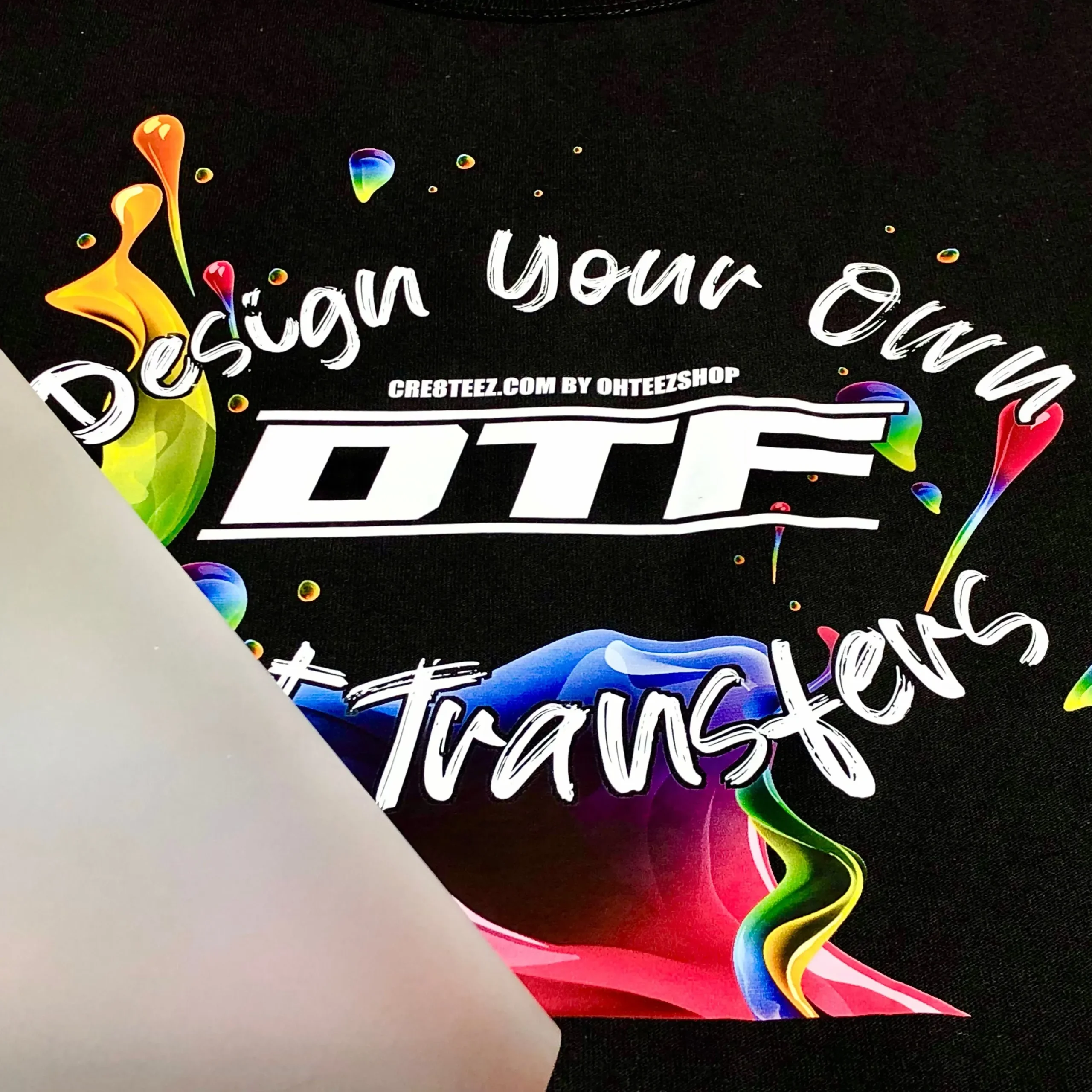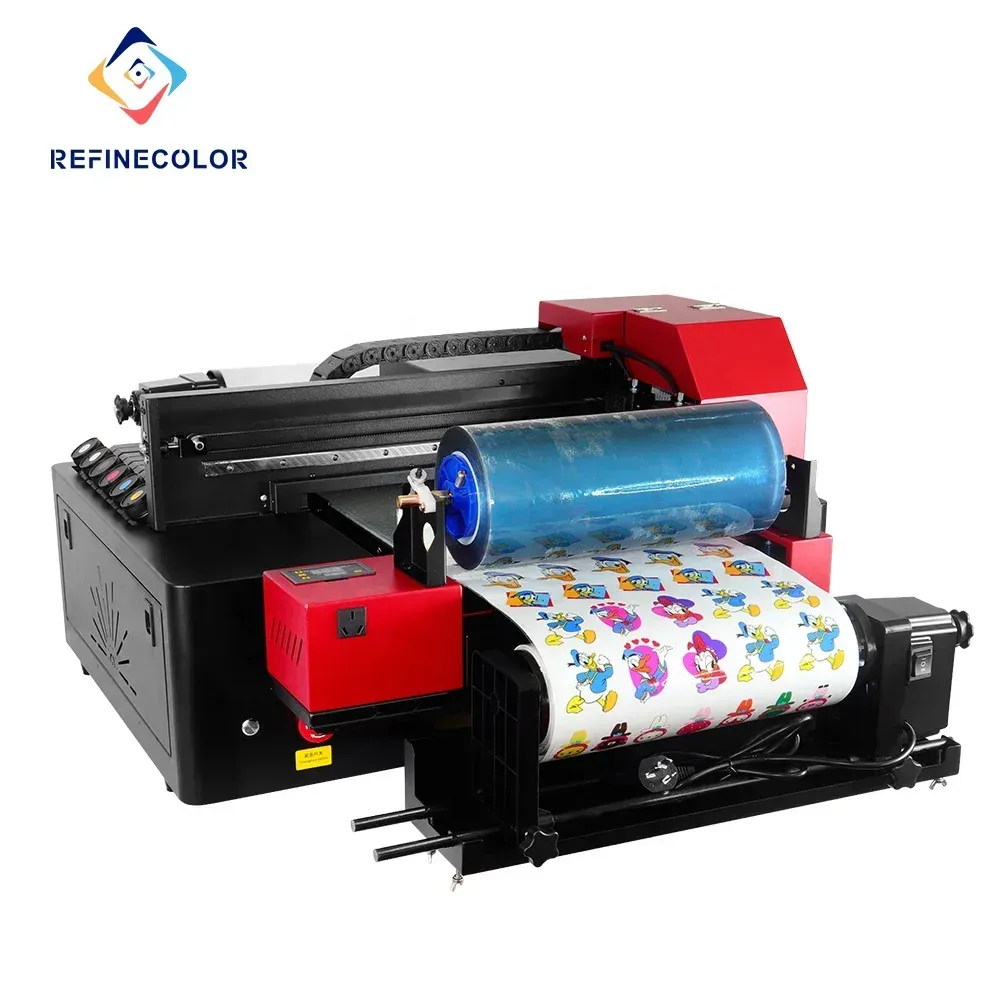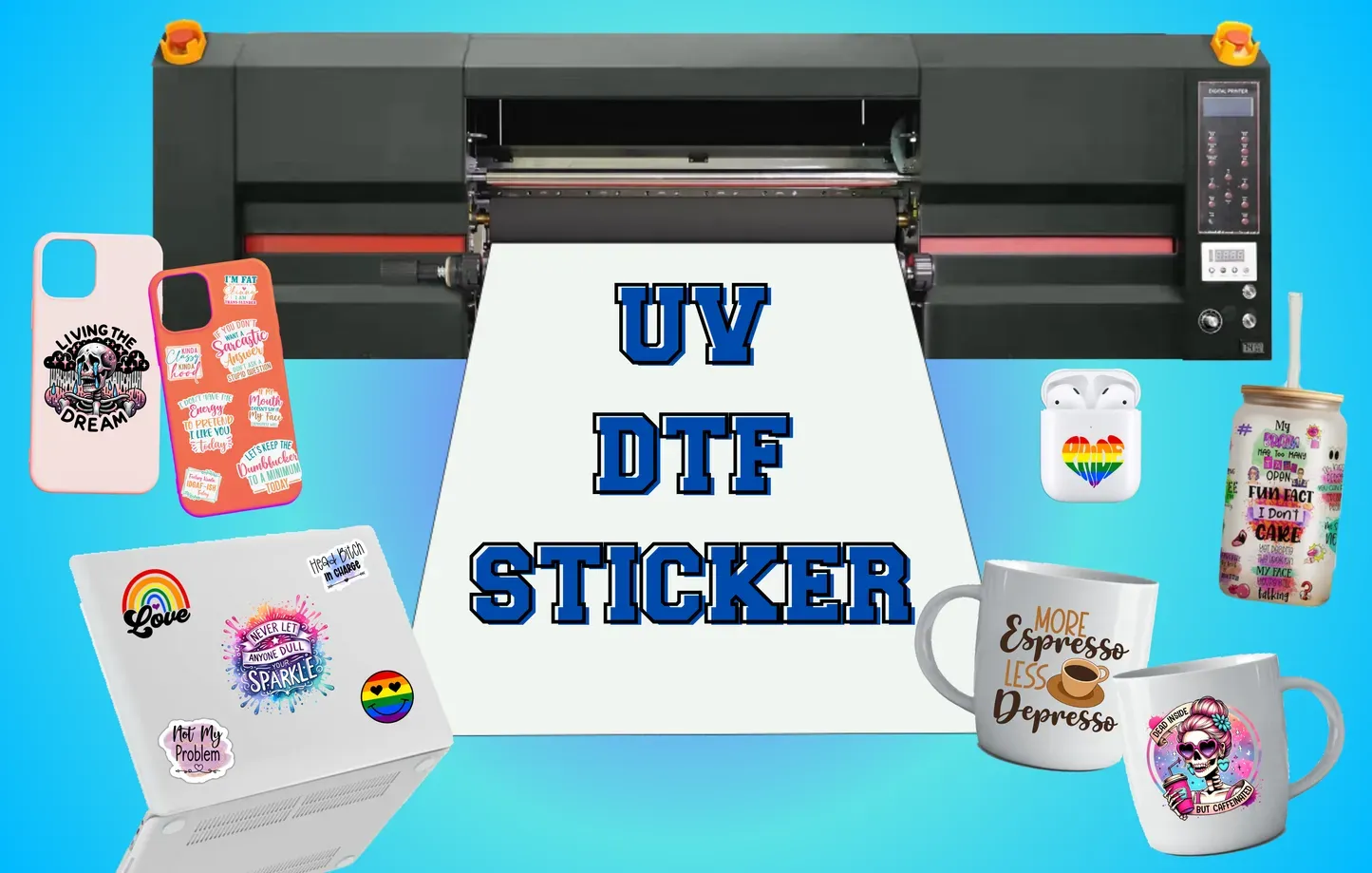DTF Transfer: Tips for Creating Stunning Designs
DTF Transfer, or Direct to Film transfer printing, has revolutionized the way designers create stunning prints on various fabrics. This innovative technique allows creativity to flourish by enabling high-quality and durable designs to be produced efficiently. With the right DTF printing techniques, creators can achieve vibrant colors and intricate details that truly stand out. Whether you’re a seasoned professional or a beginner looking to learn how to use DTF transfer effectively, this guide will provide essential DTF transfer tips for optimal results. We’ll delve into the DTF transfer printing process and explore the benefits of this versatile method, setting you on the path to success in your printing endeavors.
Direct to Film (DTF) is an exciting approach to fabric printing that simplifies the design creation process while offering impressive results. Known for its ability to apply colorful graphics onto textiles seamlessly, DTF transfers cater to a wide array of applications, from personal projects to large-scale commercial endeavors. This method utilizes specialized films and high-quality inks to ensure bright, long-lasting prints, making it a popular choice among fabric enthusiasts and professionals alike. Whether you’re exploring the world of printing or looking to enhance your skills with creative designs using DTF technology, the insights shared here will guide you through the best practices and techniques. Let’s dive into the fascinating world of DTF and discover how to maximize your printing projects.
Understanding DTF Transfer Printing
DTF transfer printing, or Direct to Film transfer printing, represents a revolutionary approach to textile printing, combining efficiency with versatility. Unlike traditional printing methods, DTF allows designers to print their creations onto a specialized film, which can then be applied to various fabric types. This method involves a specific process where high-quality inks are used, followed by the application of adhesive powder, ultimately creating vibrant and durable designs that adhere well to garments. The ability to work with diverse materials, from cotton to polyester, makes DTF a preferred choice in the custom printing landscape.
In this process, the printed film is heat-pressed onto the fabric, ensuring that the colors penetrate deeply into the fibers, yielding stunning visuals that stand the test of time. This seamless integration of technology and creativity has made DTF transfer printing increasingly popular among small businesses and creative professionals alike, as they seek to provide high-quality and personalized products to their clients. With the right tools and techniques, anyone can master the art of DTF printing.
Benefits of DTF Transfer Techniques
The benefits of DTF transfer techniques are numerous, making them an attractive option for both beginners and seasoned professionals in the textile printing industry. One standout advantage is the incredible versatility it offers; DTF can be utilized on a wide range of fabrics, including blends and specialty textiles, expanding the possibilities for creative designs. This adaptability allows users to cater to various customer preferences, whether producing custom apparel, accessories, or promotional items.
Moreover, DTF printing guarantees vibrant colors that bring designs to life. The high-quality inks used in DTF transfer methods ensure that prints stand out, delivering stunning visual appeal. Plus, the durability of these prints is exceptional—designed to withstand numerous washes without fading or cracking, DTF-printed items not only maintain their aesthetic value but also promise longevity, offering customers an excellent return on their investment.
Essential Materials for DTF Transfer Success
Choosing the right materials is crucial for achieving success in DTF transfer printing. High-quality films specifically designed for DTF applications are essential, as they impact the clarity and vibrancy of the printed designs. The selection of DTF-specific inks is another critical factor; these inks are formulated to interact optimally with the film and adhesive, ensuring strong adhesion to the targeted fabric.
In addition, using the correct adhesive powder is vital. The thickness and uniformity of the adhesive application significantly influence the overall quality of the transfer. An improper application can lead to poor adherence, resulting in designs that may peel or crack over time. Therefore, it’s imperative to familiarize oneself with the materials to establish a solid foundation for creating beautiful DTF prints.
Designing Eye-Catching DTF Graphics
Creating compelling designs is key to successful DTF printing. Using vector graphics software like Adobe Illustrator or CorelDRAW not only helps in achieving high-resolution images but also allows for scalable designs that can be resized without loss of quality. This is particularly important in DTF printing, as the resolution must be a minimum of 300 DPI to ensure crisp and clear outputs.
Incorporating color management into the design process is also essential. By utilizing a color profile that is tailored for DTF printing, designers can better predict how the final colors will appear on fabric. Experimenting with test prints can help in calibrating and fine-tuning this aspect before initiating larger print runs. Emphasizing these design specifications can significantly enhance the visual appeal of DTF transfers.
Optimizing the DTF Printing Process
Mastering the overall DTF printing process is integral for producing high-quality results consistently. Regular maintenance of printing equipment is a fundamental aspect that contributes to optimal performance. Cleaning printers and ensuring the use of compatible cartridges can prevent common issues such as clogs, ultimately leading to smooth printing operations.
Additionally, experimenting with print settings based on various factors like design complexity and fabric type can lead to better outcomes. Adjusting print speed, quality settings, and ink density according to the particular project allows for customization, ensuring that every design meets the desired standards of quality and clarity. This adaptability can make a significant difference in the final product.
Effective Heat Press Techniques for DTF
The heat pressing stage in DTF transfer printing is where the designs come to life. Understanding optimal conditions for heat application is crucial—typically, a temperature of 320°F (160°C) for 10-15 seconds produces the best adhesion and quality. It’s important to monitor these conditions closely and adjust based on the fabric being used, as different materials may require specific settings for ideal results.
Another key aspect is the technique employed during peeling the film post-pressing. Allowing the transfer to cool slightly can ensure that the design adheres correctly to the fabric. Additionally, many experts recommend a secondary pressing or curing to further enhance the bond between the transfer and the material, providing added assurance that the print will withstand time and wear.
Frequently Asked Questions
What is DTF Transfer Printing and how does it work?
DTF Transfer Printing, or Direct to Film transfer printing, is a method that involves printing designs on a special film with DTF inks, applying adhesive powder, and then heat-pressing the film onto fabric. This process allows for vibrant colors and durable prints suitable for various textile materials.
What materials are best for DTF transfer printing?
For high-quality DTF transfer results, it’s crucial to use DTF-specific films and inks. Additionally, choosing the right adhesive powder thickness is essential for optimal adhesion and transfer quality on your chosen fabric.
How can I create stunning designs with DTF Transfer?
Creating stunning designs with DTF Transfer involves using vector graphics, ensuring a resolution of at least 300 DPI, and managing your color profiles appropriately. Utilizing design software like Adobe Illustrator can enhance the visual appeal of your prints.
What are some tips for the DTF transfer printing process?
Key tips for the DTF transfer printing process include regular printer maintenance, experimenting with print speed settings, and testing different fabric types to find the best compatibility for your designs.
What heat pressing techniques should I use for DTF transfers?
For DTF transfers, standard pressing conditions are approximately 320°F (160°C) for 10-15 seconds. It’s important to adjust these settings based on the fabric type and thickness, and allow the transfer to cool slightly before peeling.
How do I troubleshoot issues with DTF transfer designs?
To troubleshoot DTF transfer designs, always conduct test prints on similar fabrics to evaluate color appeal and adhesion. Inspect each transfer for imperfections and implement corrective measures before proceeding with large production runs.
| Key Point | Details |
|---|---|
| Introduction to DTF Transfer Printing | DTF transfer printing allows for high-quality prints on various fabrics, making it easier to create stunning designs. |
| What is DTF Transfer Printing? | A method of printing designs onto special film, which are then heat-pressed onto fabric, noted for vibrant colors and versatility. |
| Benefits of DTF Transfer | 1. Versatility across fabrics 2. Vibrant colors 3. High durability |
| Quality Materials are Key | Using high-quality films, inks, and the right adhesive powder is crucial for successful transfers. |
| Design Specifications | Utilize vector graphics, ensure a minimum of 300 DPI resolution, and manage color profiles effectively. |
| Mastering the Printing Process | Maintain your printer and experiment with print settings for optimal results. |
| Heat Pressing Techniques | Optimal pressing conditions and proper peeling techniques are key for successful transfers. |
| Testing Your Designs | Conduct tests on similar fabrics to ensure quality and troubleshoot issues. |
| Post-Processing for Final Touches | Inspect finished items and allow prints to cure fully before packaging. |
Summary
DTF Transfer is a revolutionary printing method that simplifies the creation of vibrant and durable designs on various fabrics. By mastering the key techniques outlined in this guide, including the use of quality materials and effective heat pressing methods, anyone can achieve impressive results. Emphasizing the importance of testing designs and experimenting with different tools and techniques will set you on the path toward becoming proficient in DTF transfer printing. Thus, embracing DTF Transfer not only enhances your design capabilities but also opens up numerous possibilities for custom apparel and promotional items.







